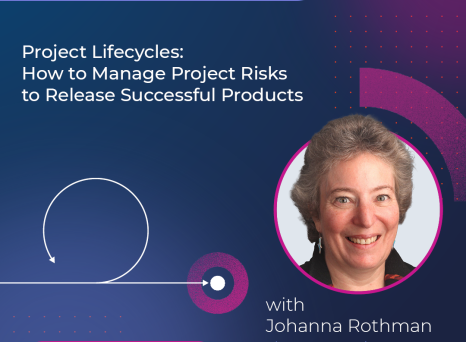One of the major roadblocks for the successful delivery of a project is the lack of proper project estimation. Sometimes project managers tend to over-estimate or under-estimate a project. Project estimation is an important aspect of project planning which consists of a quantitative estimate of project costs, resources or duration. It is not easy to pinpoint accuracy of time, effort and costs, but if done right they can reduce and mitigate risks and ensure the success of your projects.
There are various ways to get project estimation right. So here are some best practices for estimating your projects properly:
Be honest and accurate about the figures
This is the first step. It is vital to get all the right figures. As far as possible it is necessary to avoid guess work and assumptions. Even though many project estimates are all guess work based on assumptions, it is necessary to quantify those assumptions one way or the other. Also, once those figures have been set, it is important to consider some error margin as buffer.
Clarify assumptions
While gathering project requirements and while communicating with project teams it is important to specify the assumptions behind the figures. For example, while defining the scope of a new feature of a product, the stakeholders are expecting a trim-downed version but on the other hand the team members are thinking of a full-fledged large sized feature. This can have a major consequence on the time, budget and resources necessary. Hence, it is important for every stakeholder to explain their expectations so that everyone is on the same wavelength.
Adapt to the available budget
The scope of the project should be adapted to the available budget. Sometimes project managers promise that a lot can be done within a finite budget. It is dangerous to promise things that cannot be done if there is not enough project budget. Also, while defining the project scope and gathering project requirements it is recommended not to keep the numbers low just to please the project sponsor and project stakeholder. So, adapt and work within the available budget. Be realistic.
Include risks
It is primordial to consider the risks involved. If it is a risky project, as mentioned above, it is important to have some margin for time, budget and resources as buffer, in case something goes wrong. Also, it is necessary to adopt a risk and mitigation plan and account for the time, cost and resources needed to execute those plans.
Check again for overlooked activities
When planning for a project, many ancillary activities such as meetings, internal changes, client feedback and tests for bugs can be overlooked hence causing delays or increase in costs. So, make sure you include these ancillary activities in your project estimation.
Break down your projects into small parts before estimation
While estimating your projects, break down the different parts to evaluate and estimate them separately. The more detailed and precise the individual parts, the more accurate the project estimate. Thereby ensuring the success and delivery of the project.
List and evaluate each task
Having a work breakdown structure and its estimate is sometimes not enough. If time permits it is good to list, evaluate and estimate each task. By estimating each task and the time to get it done and adding up the total can give you an accurate estimate of the project.
Learn from past projects
While estimating projects there can be a lot of ambiguity. So, for effective project estimation, it is valuable to refer to documents and project reports of past projects to access the amount of work, time and cost required. The lessons learnt from past projects should be taken into account for estimating new projects.
Understand the context and background
It is not enough to quantify and understand the project in detail. It is equally important to understand the context and background of the project. For example, whose brainchild is the project, what is the situation of the department where the project is initiated, how do the employees in this department get along, what is the economic context of the company……etc. Getting a good grasp on the context, situation and background of the project will help you better estimate your project.
Ask the right questions
One of the biggest obstacles to accurate project estimation is the lack of right information and a good understanding of the context, situation and background around the project. So, it is essential to ask the right question to the right person. For example:
- What is the goal of the project? What is expected from the project?
- Who are the stakeholders and would be team members? Where are they based? What and how is the relationship between them?
- Who is the point of contact from the client side? What are the client's expectations?
- What are the technologies involved?
- What is the budget? Expected time-line?
- Are there any constraints or obstacles involved?
This list is not exhaustive. The more questions you ask the better and more accurate the project estimate. In fact, the project estimation process is a road full of asking the right questions.


